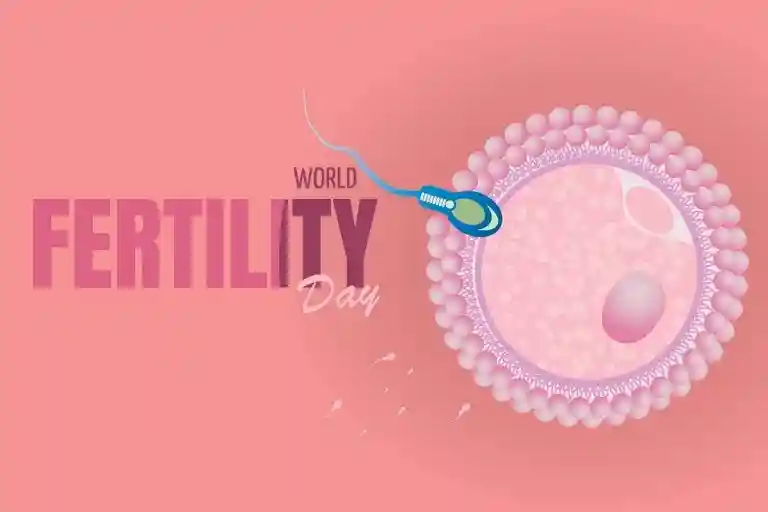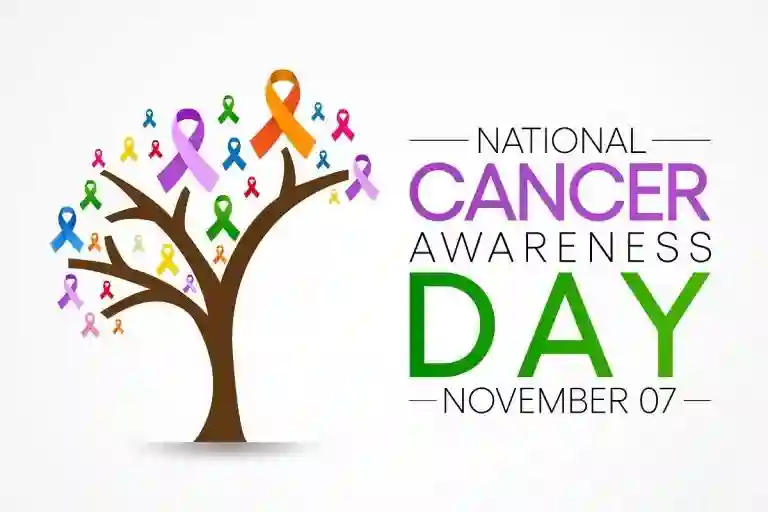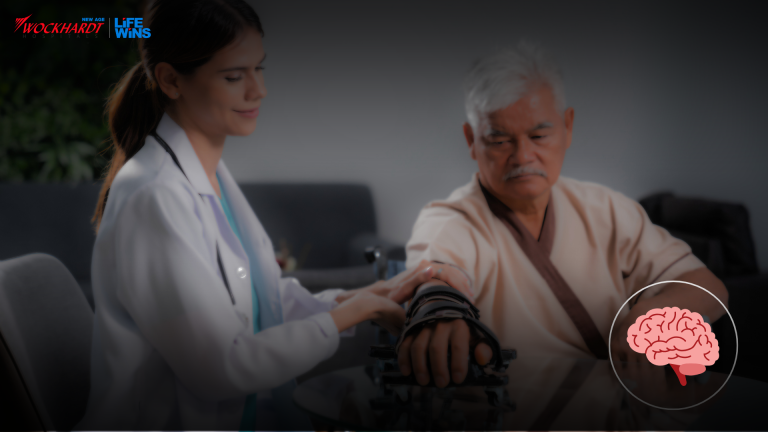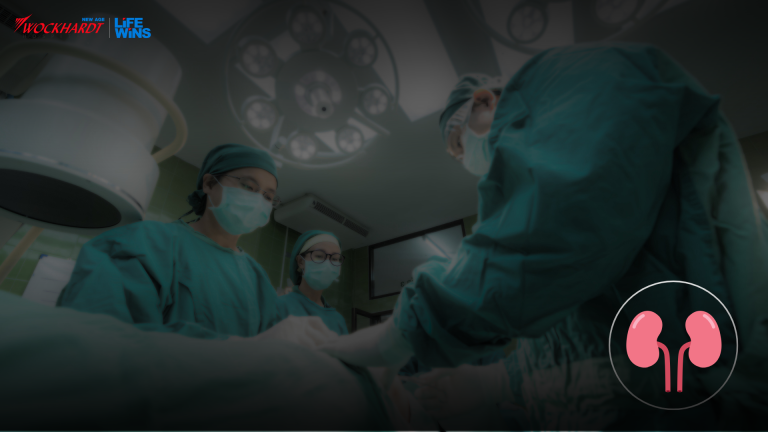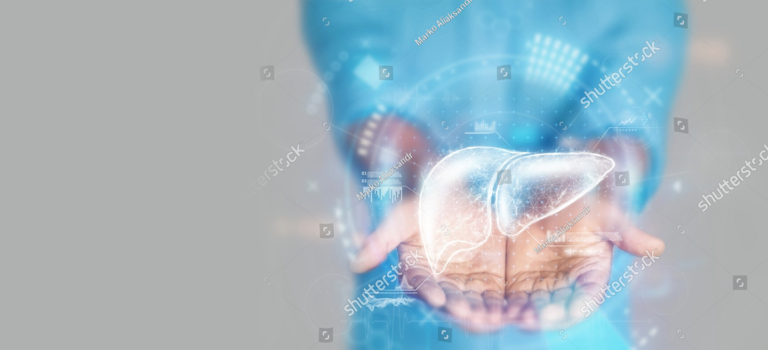That dull burning feeling in your chest not going away? Is it a heart attack or a normal chest pain? How to differentiate?
Chest pain can be caused due to several reasons other than a heart attack. It could be due to acidity, muscle strain, panic attack, or several such reasons. Under the Patient Education Initiative of Wockhardt Hospitals, Nagpur Dr. Achyut Khandekar, Cardiologist, informs readers about the difference between chest pain felt during a heart attack and due to other reasons.
“A patient gets a heart attack when blood flow to your heart muscle gets restricted or blocked, often by a clot in an artery. Without oxygen, your heart muscle gets damaged or could even die”, told Dr. Khandekar.
A study found that chest pain is the most frequently reported heart attack symptom, and most of the participants in the study said their symptoms were constant which were discomfort, pressure, tightness, burning, fullness, and squeezing.
The classic signs of a heart attack to be aware of are: Killer chest pain (like something very heavy sitting on your chest), pain radiating down your left arm, pounding or racing heart, sweating, especially the quick onset of cold sweating.
Both heart attacks and chest pain cause chest discomfort, but there is a difference. “With a heart attack, pain radiates to other areas like the arm, jaw, or neck,” Dr. Khandekar says. “If it’s a panic attack,” he states, “pain will typically stay in the chest. “Chest pain usually is sudden onset, or precipitated by exercise cold weather or emotional stress. Usually lasts up to 30 minutes or more and is often associated with shortness of breath weakness nausea or vomiting. It may be relieved by rest or by taking tablet Sorbitrate under the tongue. The pain typically does not radiate above the lower jaw or below the umbilicus”, informed Dr. Khandekar.
Chest pain symptoms last a few minutes or up to an hour. Then, the symptoms disappear, and one feels better. However, a heart attack won’t let up.
A heart attack might seem like it came out of nowhere. But in many cases, chest pain due to heart disease, known as angina, appears in the days or weeks before a cardiac event. One may feel a twinge of some pain in the shoulder or chest but think it’s something else. The symptoms go away. Then later, the pain gets worse, or you feel a little off. Dr. Khandekar informed that cardiac chest pain, usually, is a sudden onset, or precipitated by exercise, cold weather, or emotional stress. It usually lasts up to thirty minutes or more and is often associated with shortness of breath, weakness, nausea, or vomiting. It may be relieved by rest or by taking a tablet of Sorbitrate under the tongue.
A heart attack is a medical emergency. Chest pain isn’t. But with the overlap in symptoms, it can be tough to tell them apart. Don’t take chances. If you have chest pain or other heart attack symptoms — or if you’re not sure if it’s a heart attack or panic attack — seek immediate medical care.
Source: https://thelivenagpur.com/2021/07/18/wockhardt-hospitals-patient-education-initiative-heart-attack-or-normal-chest-pain/


